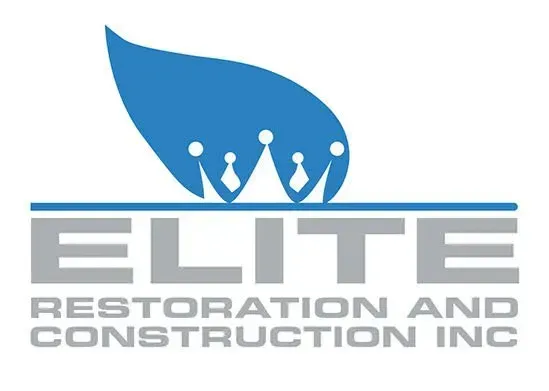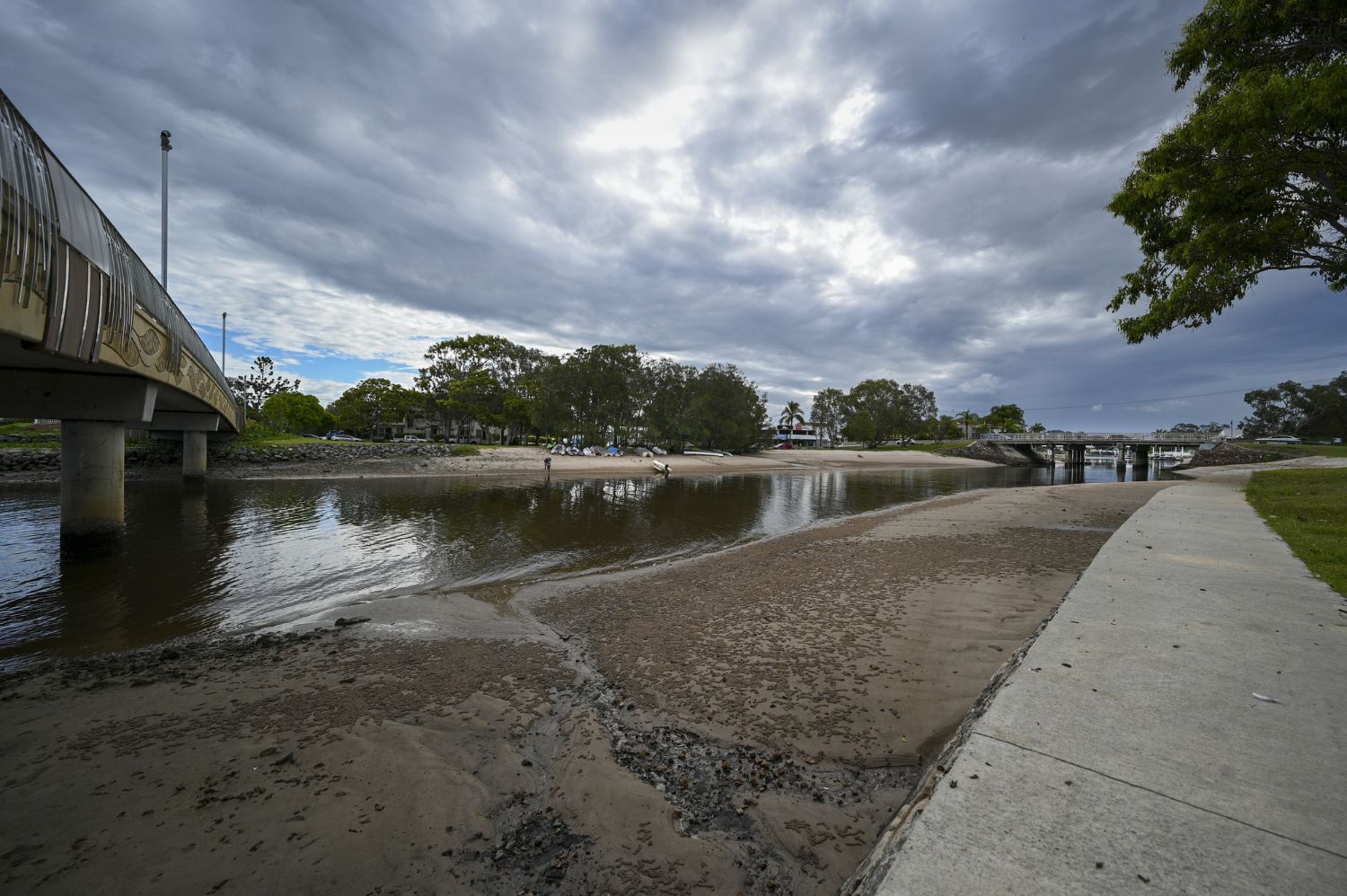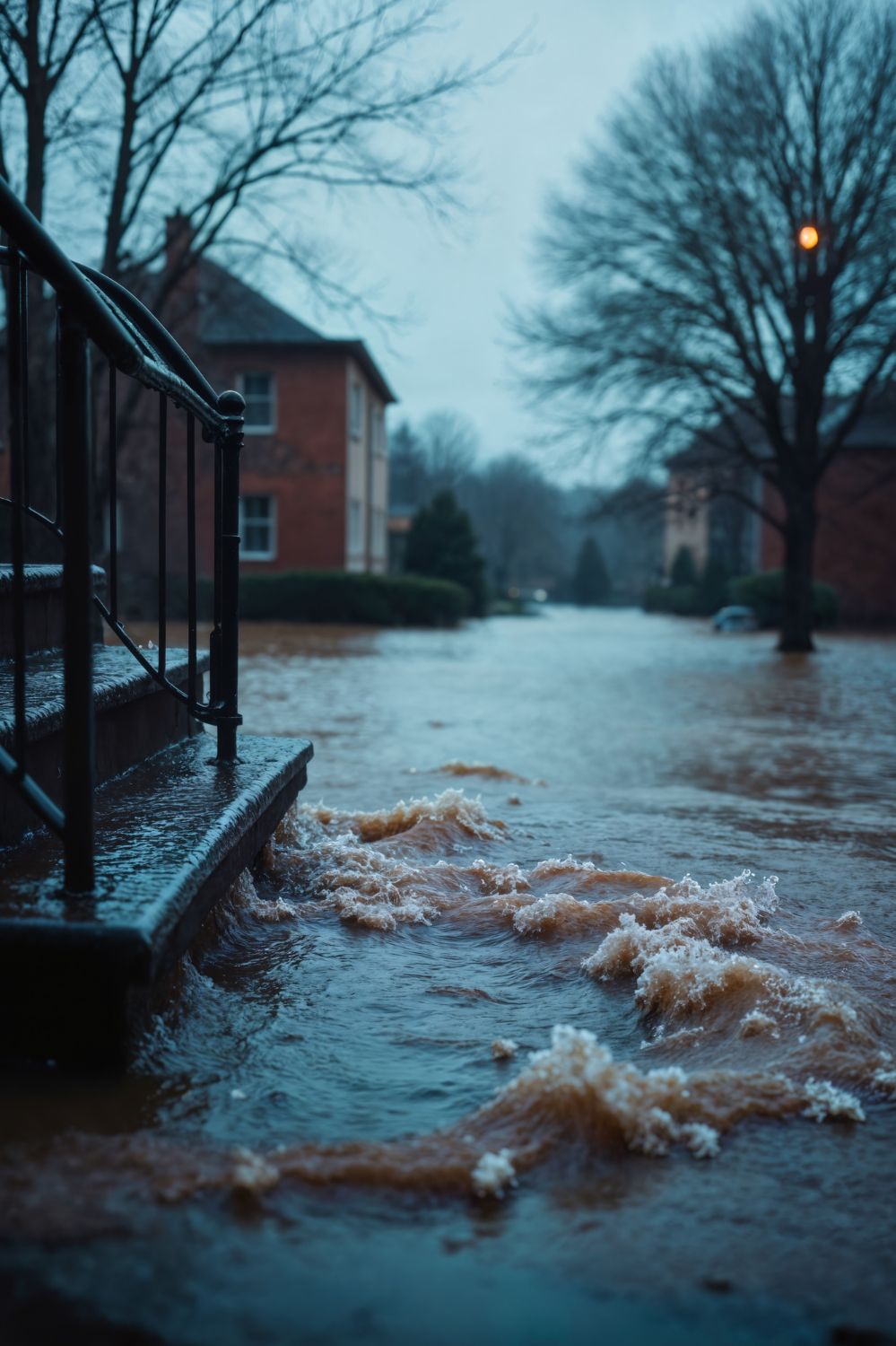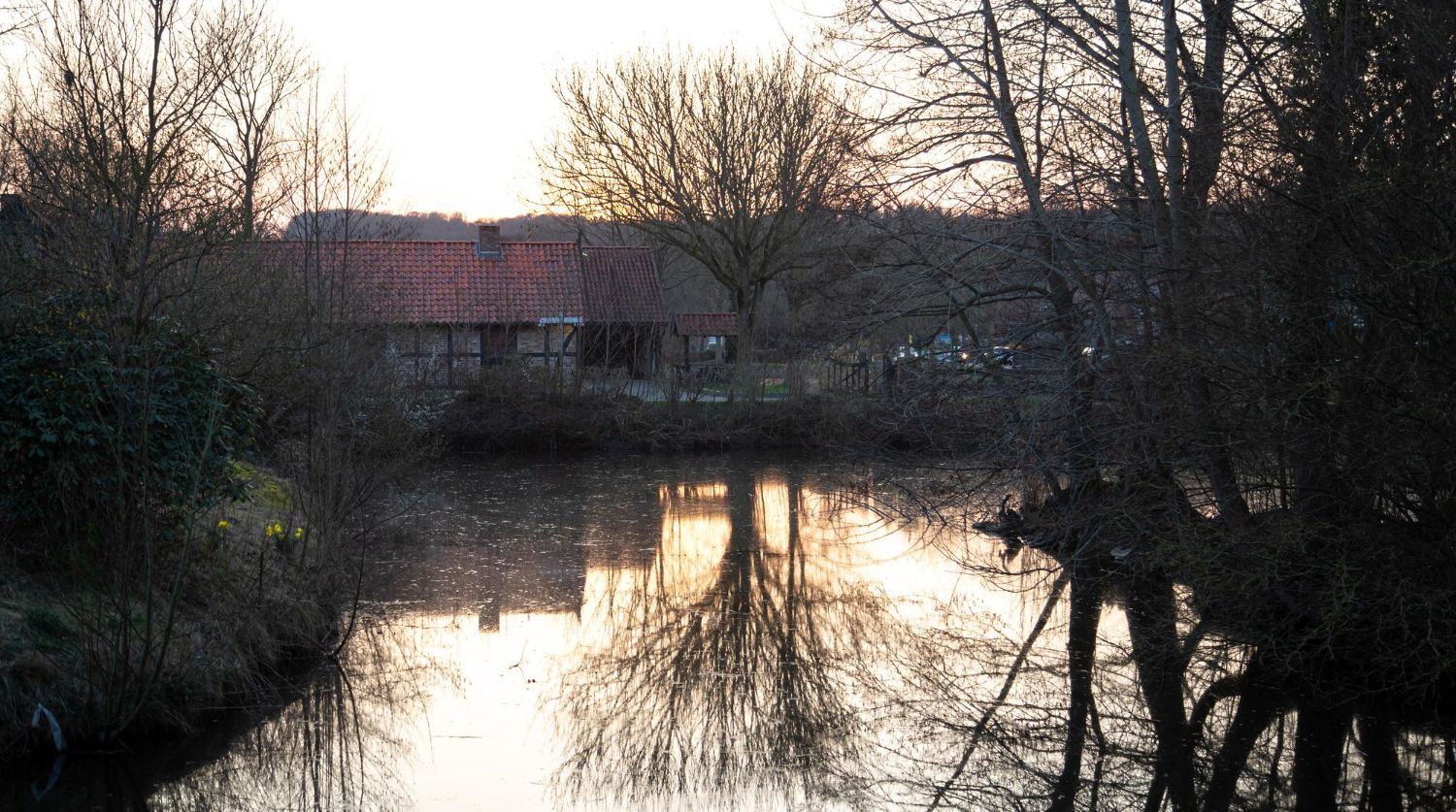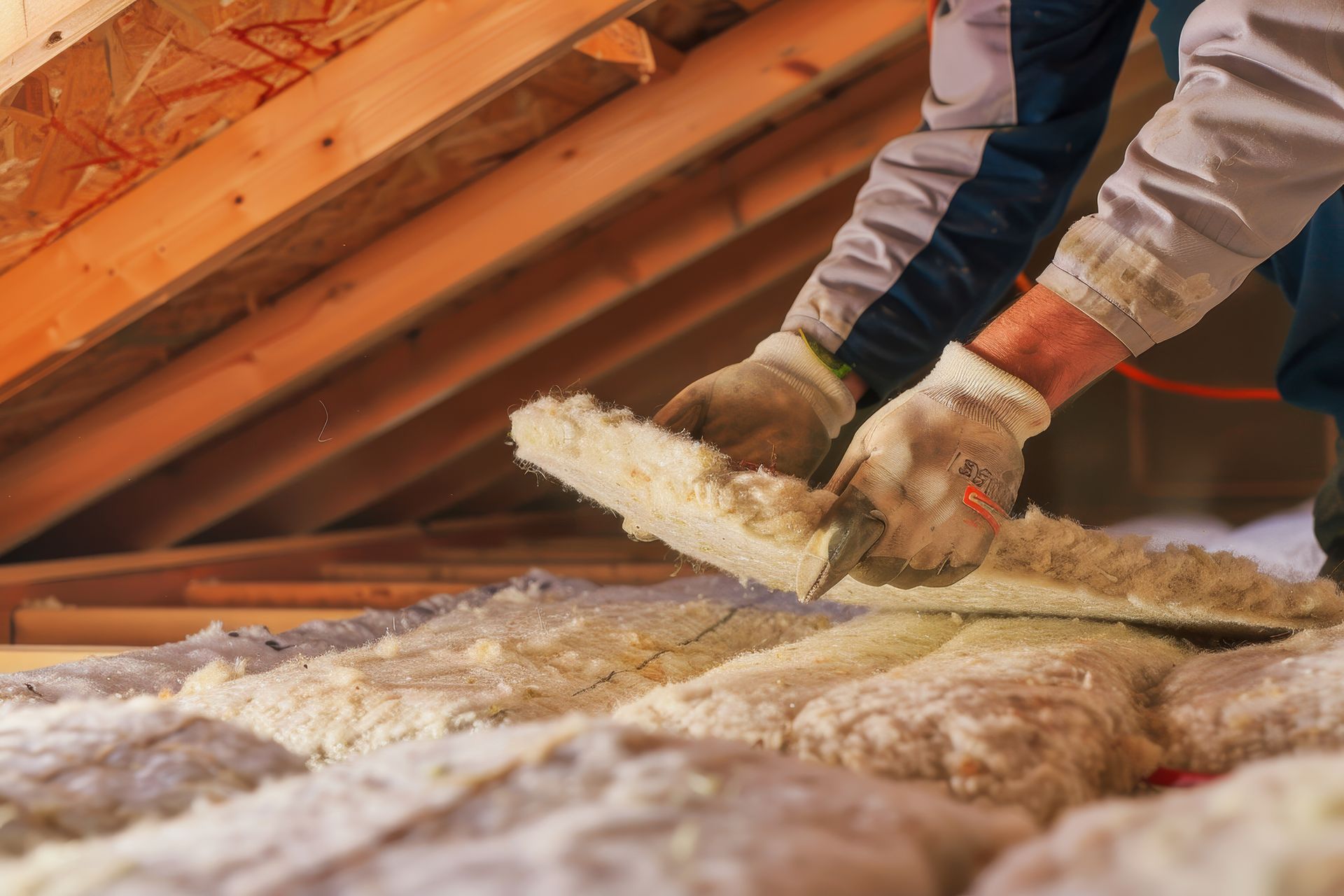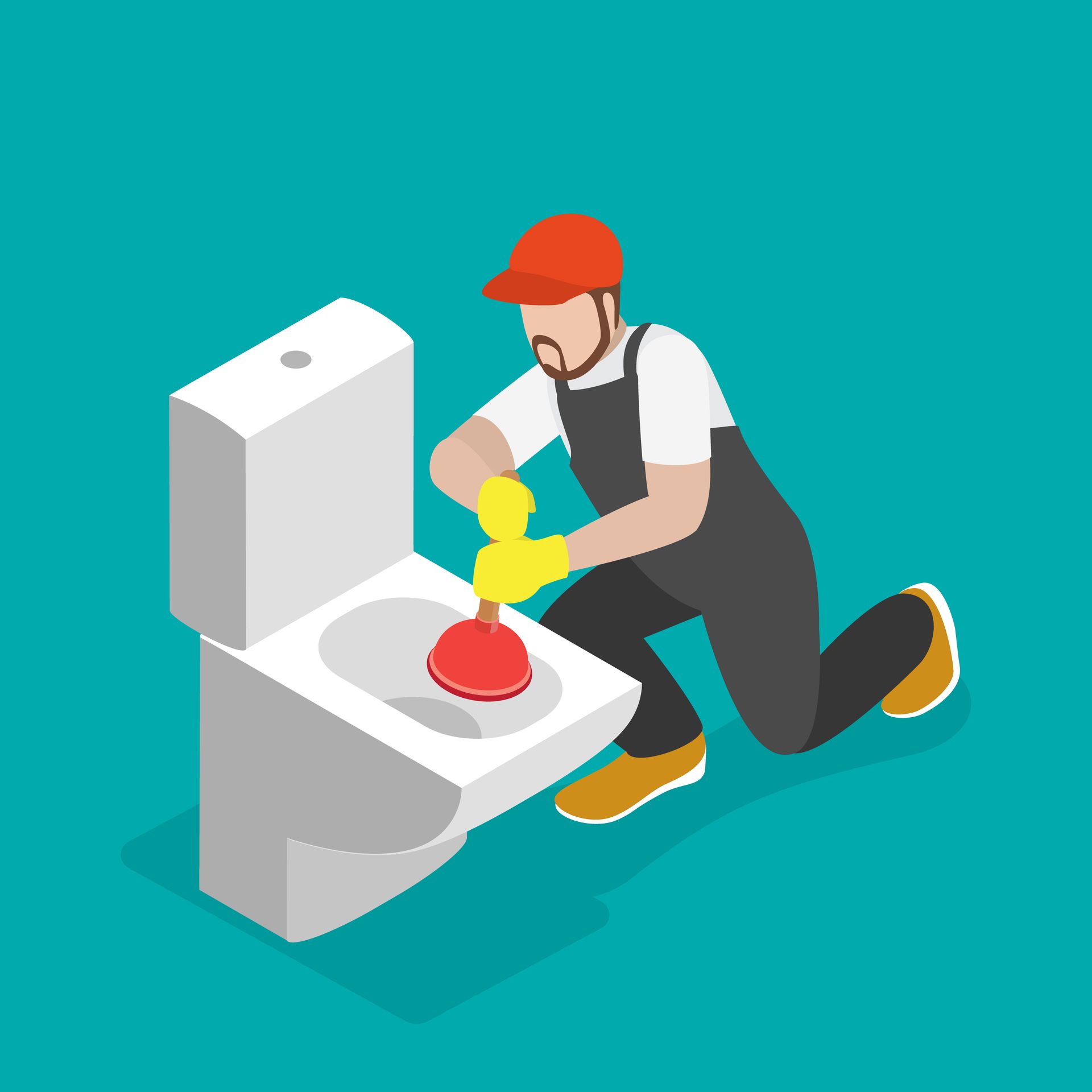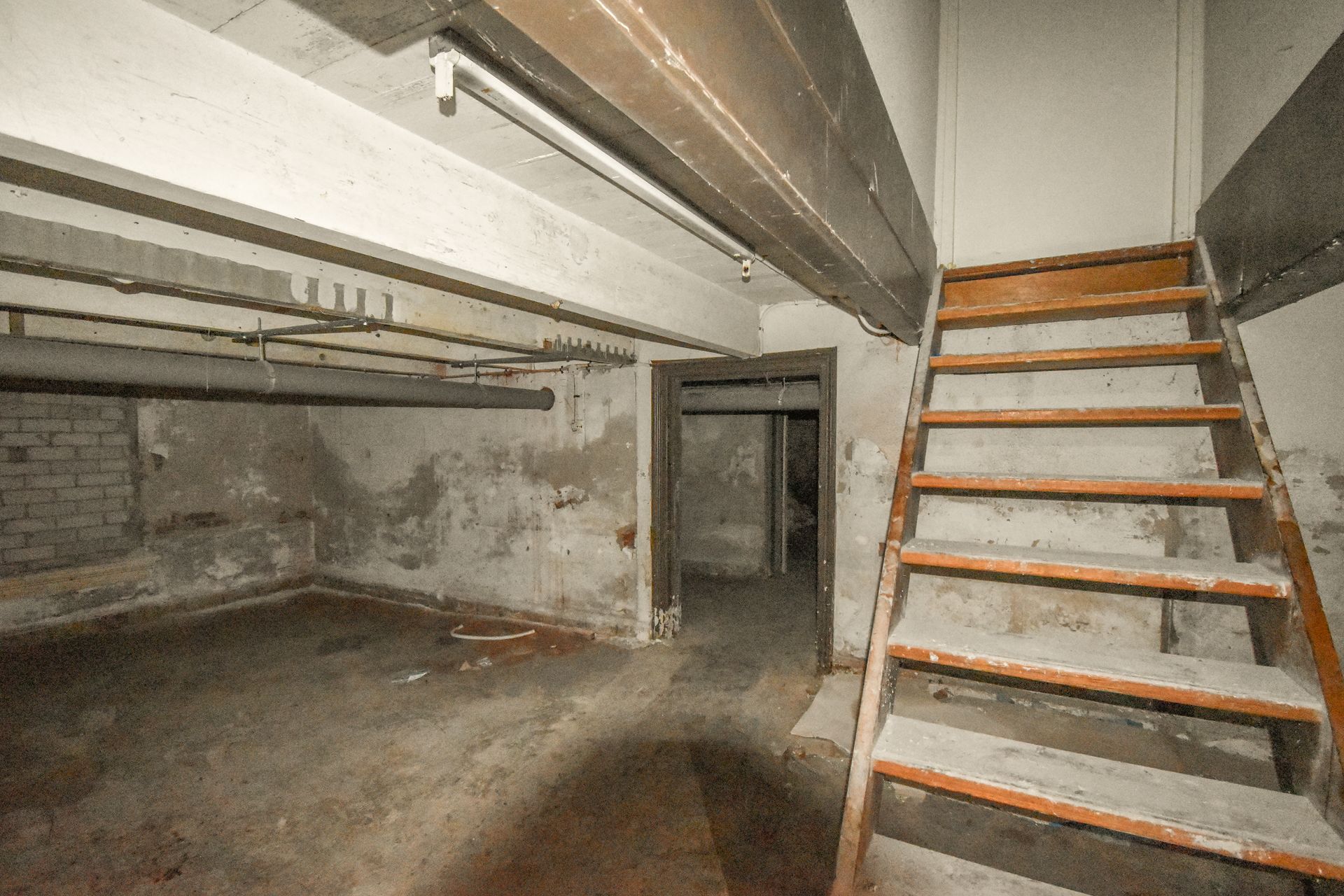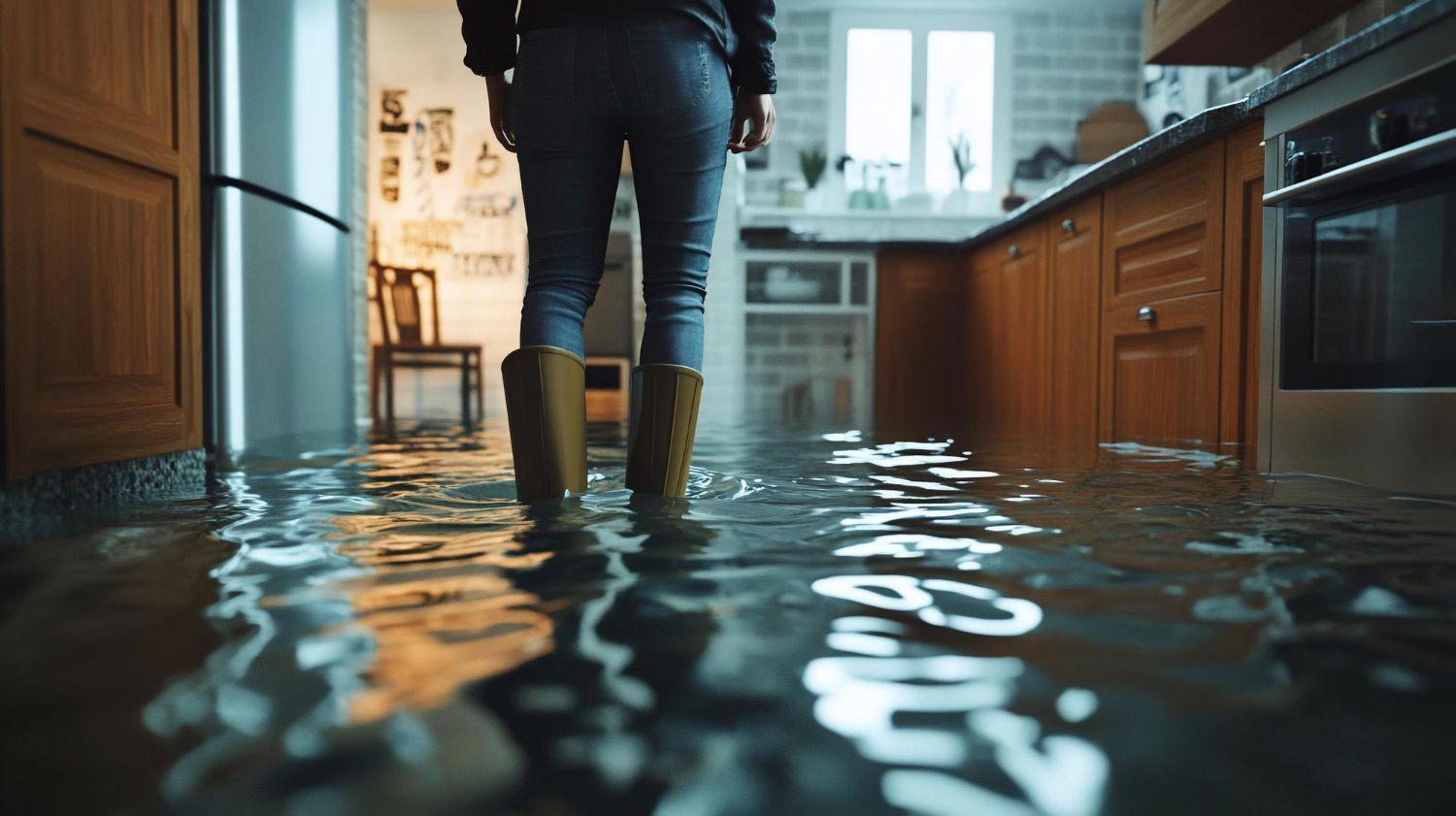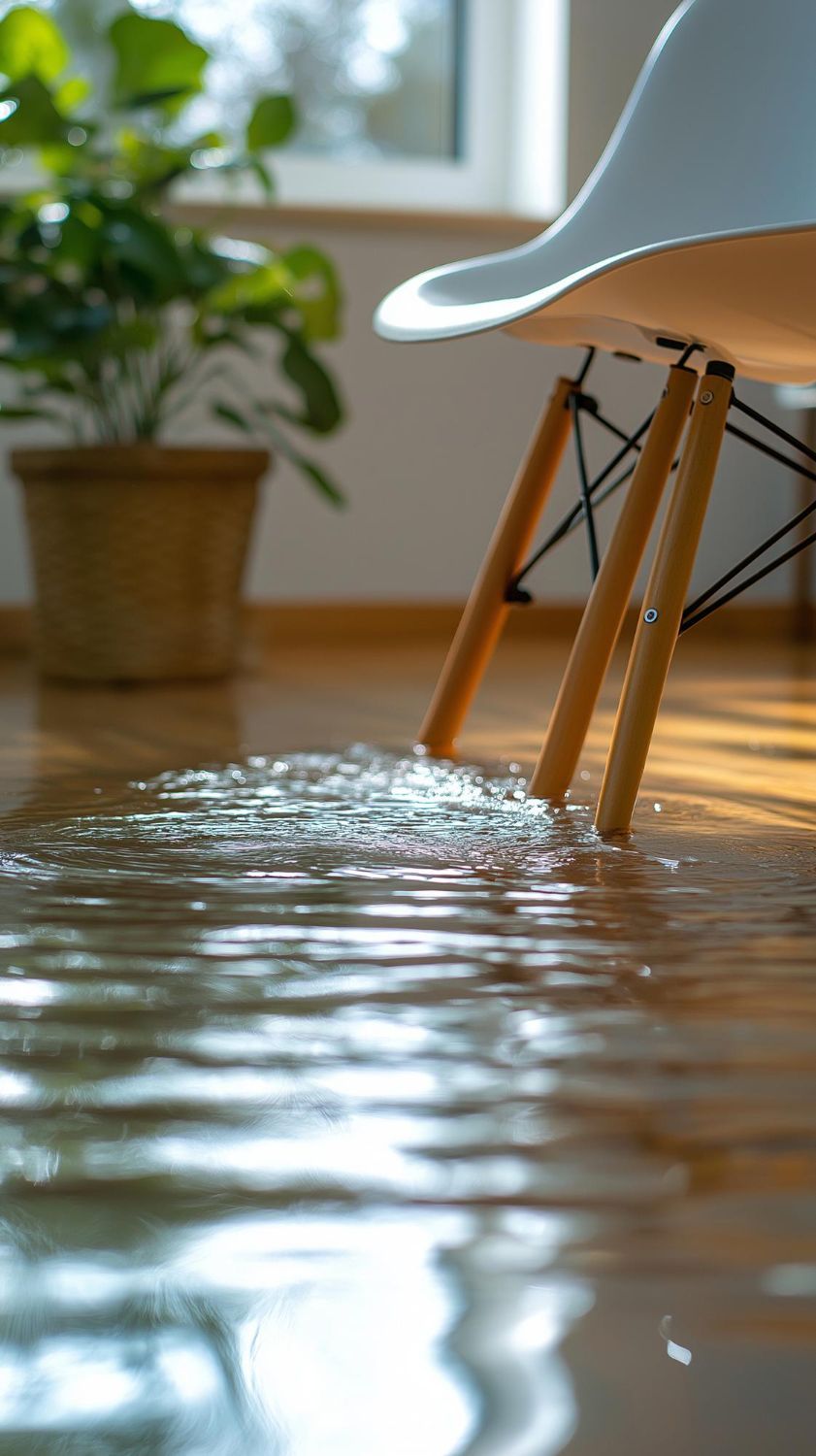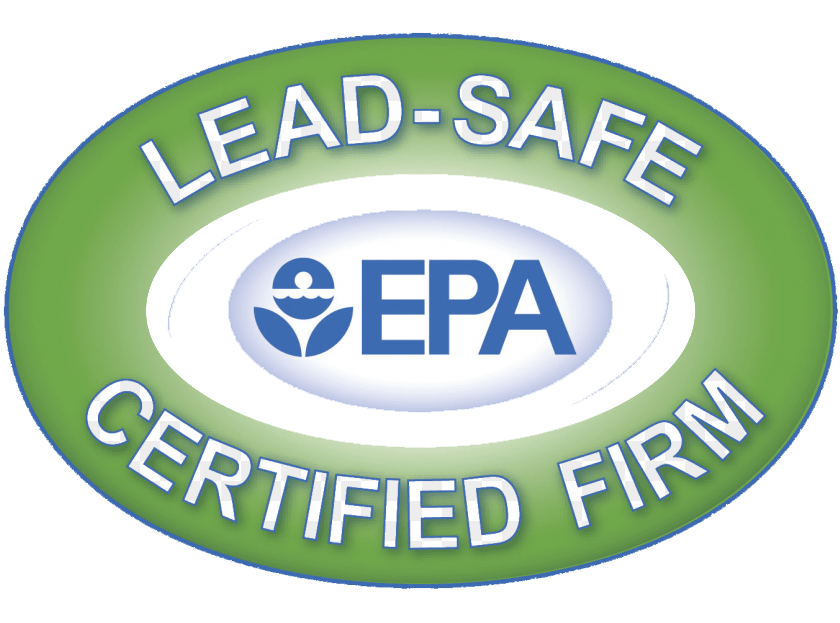Does Mold Weaken Wood and Concrete? Understanding the Risks
Does Mold Weaken Wood and Concrete? Understanding the Risks -Holbrook, NY
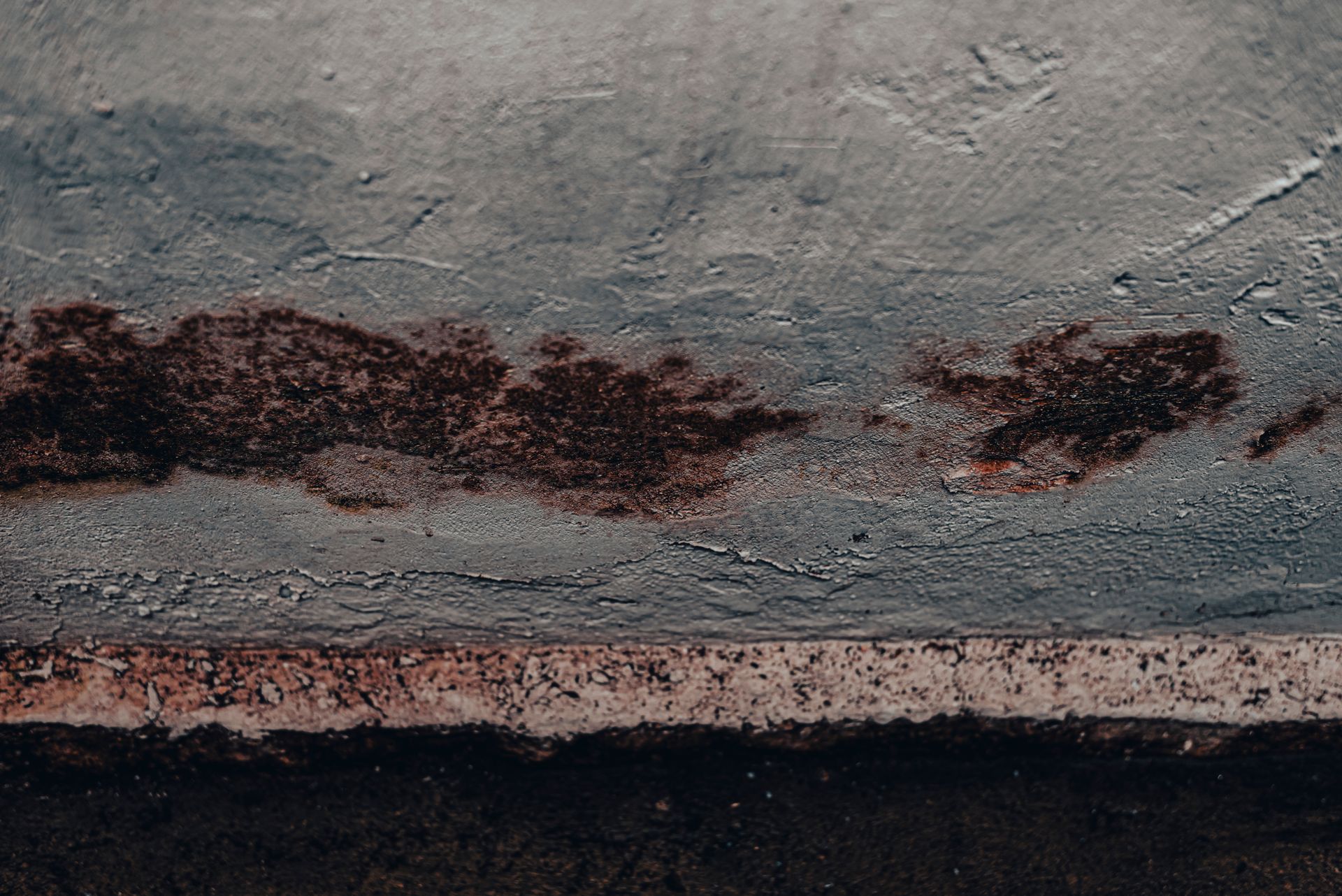
Mold isn’t just an unsightly nuisance—it can be a serious structural threat to your property. While most people associate mold with health concerns or surface stains, the reality is much more alarming: mold can weaken materials like wood and even impact concrete over time.
At Elite Restoration and Construction in Holbrook, NY, we’ve seen firsthand how unchecked mold growth can lead to hidden damage and costly repairs. Let’s break down what mold really does to wood and concrete—and why early intervention is critical.
How Mold Affects Wood Structures
Wood is organic, which makes it the perfect breeding ground for mold—especially in damp, humid environments like basements, crawl spaces, attics, and after water damage events.
Risks of Mold on Wood:
- Breakdown of cellulose fibers: Mold feeds on cellulose, a primary component in wood. Over time, this weakens the structural integrity of beams, joists, and studs.
- Dry rot development: Certain types of fungi can cause wood to crumble, crack, and lose its load-bearing capacity.
- Warping and splitting: Excess moisture associated with mold can distort wooden structures, leading to misaligned framing or unstable flooring.
Bottom line: If left untreated, mold can seriously compromise the safety of your home or building’s wooden framework.
Can Mold Impact Concrete?
While concrete is more durable and non-organic, it’s not entirely immune to mold and moisture-related issues.
Risks of Mold on Concrete:
- Mold can grow on concrete surfaces, especially if dust, dirt, or organic matter is present.
- Cracks and pores in concrete can trap moisture, encouraging mold to take hold in those areas.
- Although mold doesn't consume concrete like it does wood, the presence of mold often signals water infiltration, which can lead to long-term structural issues such as:
- Spalling (surface flaking)
- Rusting of embedded rebar
- Erosion of joints and foundation elements
Important Note: Concrete itself may not weaken from mold alone, but the water damage associated with mold growth can deteriorate concrete over time.
Signs You May Have a Mold Problem
- Musty odors
- Discoloration or stains on walls, ceilings, or floors
- Peeling paint or warped drywall
- Visible mold growth, especially in corners or around windows
- Persistent moisture or past flooding events
Why Professional Mold Remediation Matters
At Elite Restoration and Construction, we don’t just clean up mold—we address the root cause and protect your property from future damage. Our certified team in Holbrook, NY uses industry-leading techniques to:
- Identify hidden mold growth with advanced inspection tools
- Contain and safely remove mold from affected materials
- Repair and restore any wood or concrete damage
- Implement preventative measures like dehumidifiers and waterproofing
Mold is more than a cosmetic issue—it’s a warning sign of moisture problems that can threaten your property’s structural integrity. If you suspect mold is affecting your wood framing or concrete foundation, don’t wait.
🛠️ Contact Elite Restoration and Construction in Holbrook, NY for a professional inspection and comprehensive mold remediation services. We’ll restore your peace of mind—one beam, wall, and floor at a time.

